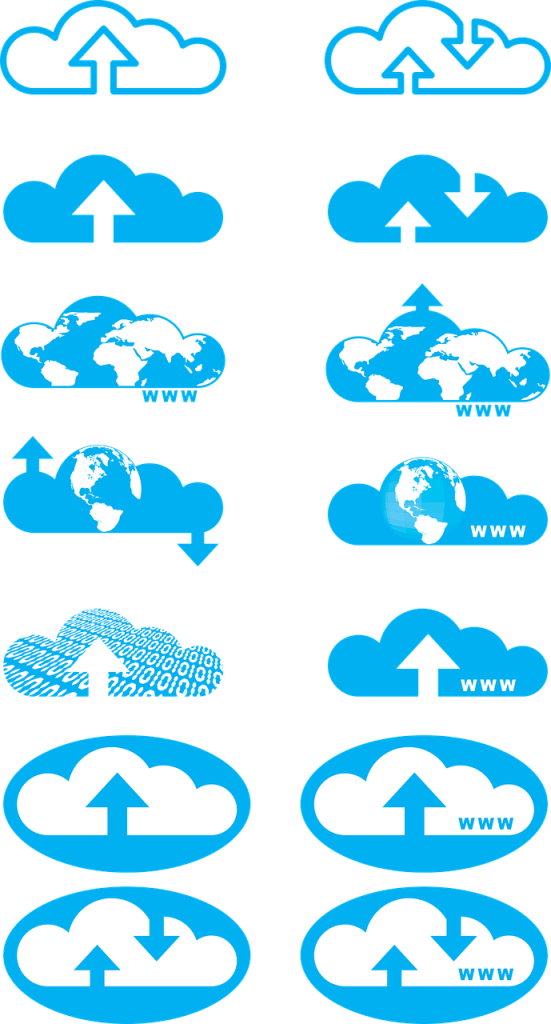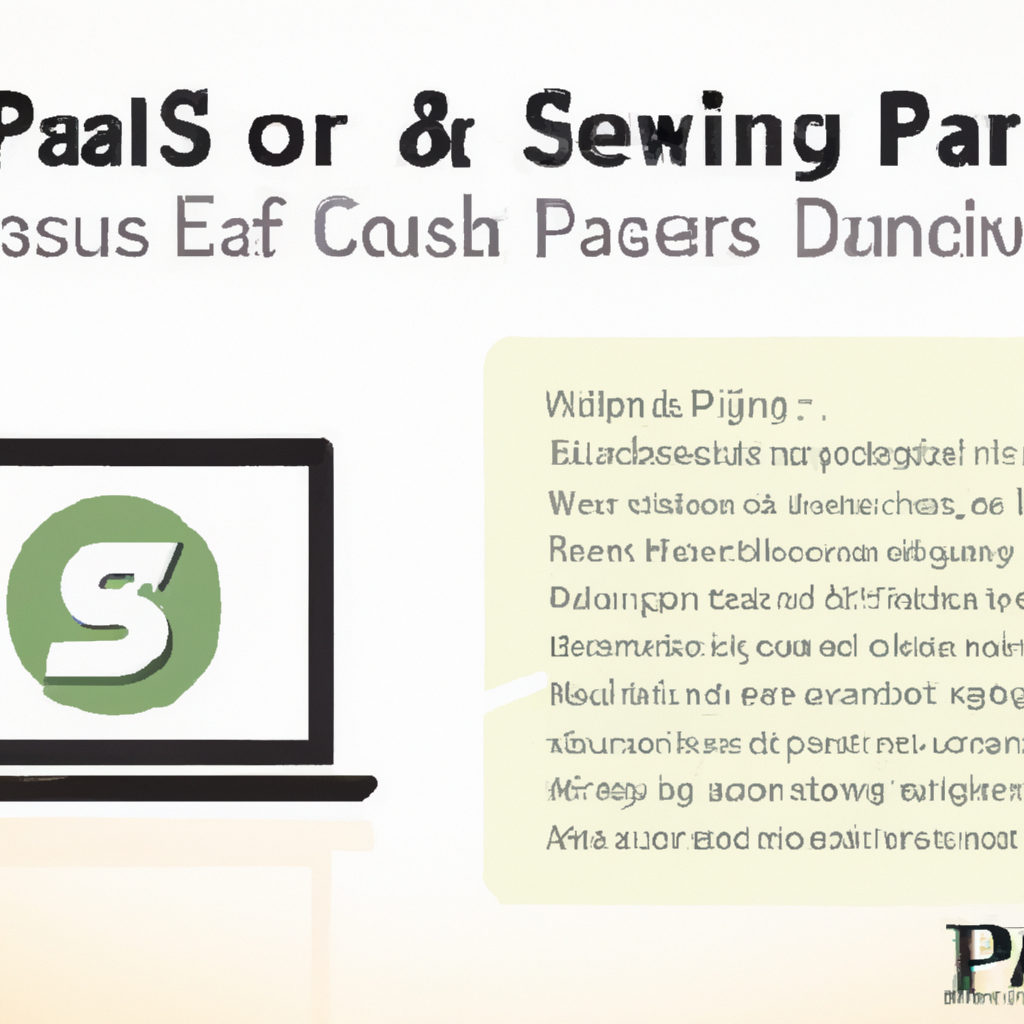So you’ve heard these terms thrown around – PaaS and SaaS – but you’re not quite sure what they mean, right? Well, don’t fret, because in this article, we’re going to break it down for you. PaaS stands for Platform as a Service, while SaaS stands for Software as a Service. While they may sound similar, they have distinct differences that are important to understand. So, let’s dive in and explore the distinctions between PaaS and SaaS.
PaaS vs SaaS

This image is property of pixabay.com.
Definition and Overview
PaaS (Platform-as-a-Service) and SaaS (Software-as-a-Service) are two popular models of cloud computing that offer different levels of functionality and customization. PaaS provides developers with a platform and tools to build, test, and deploy applications, while SaaS offers pre-built software applications accessible through the internet. Both models have their own benefits and use cases, and understanding their differences can help organizations make informed decisions about which solution to adopt.
Key Characteristics
PaaS and SaaS differ in terms of their key characteristics. PaaS focuses on providing developers with a platform to develop and deploy applications, while SaaS focuses on providing end-users with ready-made software applications. With PaaS, developers have the flexibility to customize and control the underlying infrastructure, while SaaS offers a turnkey solution that requires little to no customization. These characteristics shape the deployment model, customization options, user support, development and maintenance requirements, scalability, and cost considerations of each model.

This image is property of pixabay.com.
Deployment Model
In terms of deployment, PaaS provides a platform where developers can build and run their applications, while SaaS offers fully hosted applications that can be accessed through the internet. With PaaS, developers are responsible for managing the application’s infrastructure, such as servers, networking, and storage. On the other hand, SaaS providers manage all aspects of the application, including infrastructure, updates, and security. This distinction in deployment models gives organizations different levels of control and flexibility depending on their specific needs and requirements.
Customization and Control
PaaS offers a high level of customization and control, as developers have access to the underlying platform and can tailor it to their specific application requirements. This allows organizations to develop and deploy applications that align with their unique business needs. In contrast, SaaS offers limited customization options as the software is already built and maintained by the provider. While some SaaS applications may offer configuration settings, they generally don’t provide the same level of flexibility as PaaS. For organizations looking for quick and ready-to-use solutions, SaaS can be a more convenient choice.

This image is property of pixabay.com.
User Support
User support varies between PaaS and SaaS models. With PaaS, developers are responsible for providing support to end-users as they build and deploy their applications. This may involve troubleshooting issues, providing documentation, and offering guidance throughout the development process. On the other hand, SaaS providers generally offer comprehensive user support, including technical assistance, customer service, and regular updates. This can be advantageous for organizations that don’t have the resources or expertise to handle user support on their own.
Development and Maintenance
In terms of development and maintenance, PaaS requires developers to actively manage and maintain their applications. This includes tasks such as monitoring performance, applying updates, and fixing bugs. PaaS providers usually offer tools and services to simplify these tasks, but the responsibility ultimately falls on the developer. In contrast, SaaS providers handle all aspects of development and maintenance, ensuring that the application is up to date, secure, and functioning properly. This relieves the burden of maintenance from organizations, allowing them to focus on their core business activities.

Scalability
Scalability is an important consideration when choosing between PaaS and SaaS. PaaS provides organizations with the flexibility to scale their applications according to their needs. Developers can easily add or remove resources, such as servers and storage, to accommodate varying workloads. This scalability is particularly beneficial for applications with fluctuating demand or those that require rapid scaling. On the other hand, SaaS applications are typically designed to be scalable by default. Providers ensure that software can handle a large number of users and adapt to changing requirements without requiring additional configuration or infrastructure management.
Cost
The cost of adopting PaaS or SaaS depends on several factors, including the organization’s specific requirements and usage patterns. PaaS typically involves more upfront costs as organizations need to invest in infrastructure and development tools. However, in the long run, PaaS can be more cost-effective as organizations have more control over resource allocation and can optimize costs based on actual usage. SaaS, on the other hand, typically involves lower upfront costs as organizations pay a subscription fee to access the software. However, over time, the cumulative subscription costs may exceed the cost of building and maintaining a custom solution on PaaS.

Use Cases
Both PaaS and SaaS have various use cases depending on the organization’s needs. PaaS is often used for building and deploying custom applications, allowing organizations to create tailored solutions to address specific business challenges. It is popular among developers who require flexibility, control, and the ability to incorporate third-party integrations. SaaS, on the other hand, is suitable for organizations that require ready-made software solutions without the hassle of development and maintenance. It is commonly used for applications such as customer relationship management (CRM), human resources management, and collaboration tools.
Conclusion
In conclusion, PaaS and SaaS are two distinct models of cloud computing that cater to different needs and preferences. PaaS offers developers a flexible platform to build and deploy custom applications, providing full control and customization options. On the other hand, SaaS offers pre-built software applications that are fully hosted and require minimal customization. Understanding the differences between PaaS and SaaS is crucial for organizations looking to leverage cloud computing effectively and make informed decisions based on their specific requirements, budget, and scalability needs. Whether it’s the flexibility and control of PaaS or the convenience and maintenance benefits of SaaS, evaluating the key characteristics, deployment models, customization options, user support, development and maintenance requirements, scalability, and cost considerations will help organizations choose the right cloud computing solution.
